Join the VIP Teacher Club!

Looking for tips and resources for social studies curriculum mapping?
While I hope you’re soaking in every bit of your summer vacation right now, it’s my job to remind you that it’s July and your students have already started thinking about you. 😉
I’m definitely not here to prod you out of the pool and get you back into your classroom ASAP, but I am here to give you tangible steps, advice, and resources to save you as much time and brainpower as possible as you begin social studies curriculum mapping.
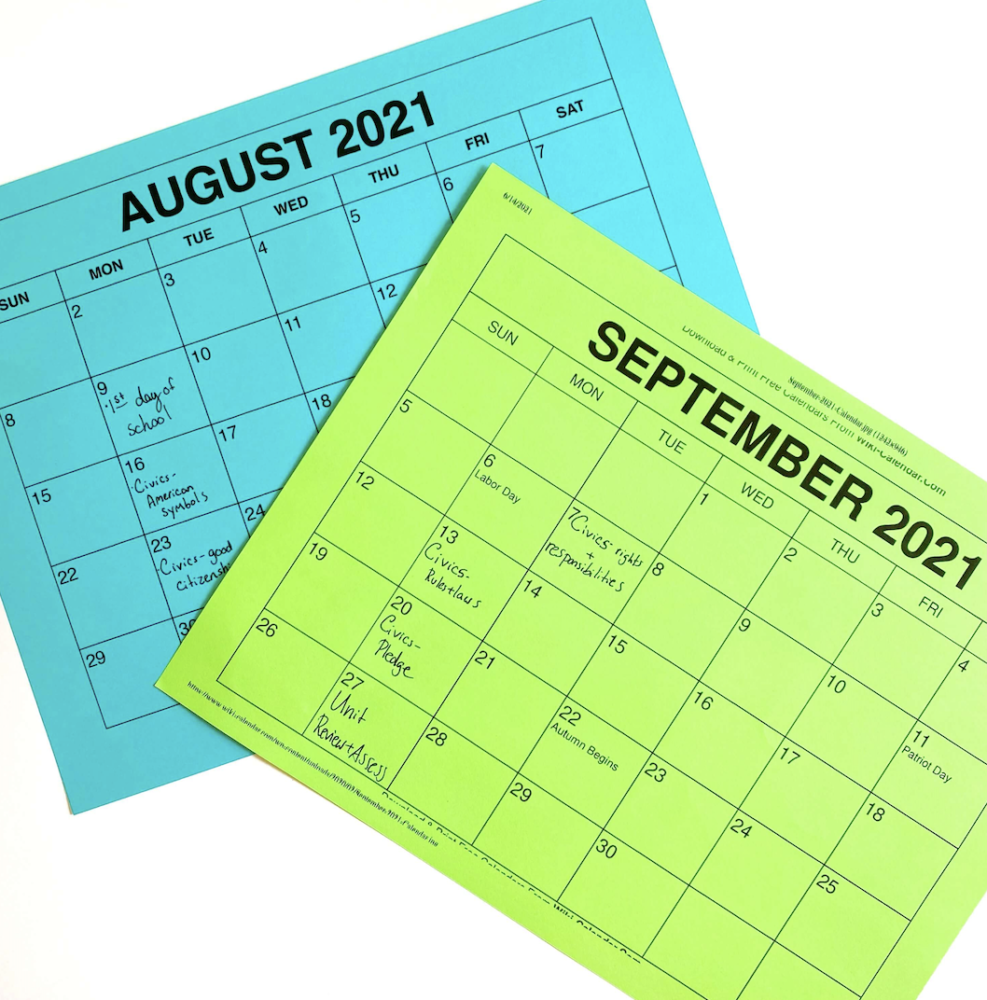
It may not always seem like it in the moment, but the school year travels fast – especially when you’re a new teacher!
You start the year with multiple unit ideas, projects, and activities in mind and then as usual, time gets away from you and you realize you haven’t checked off as many boxes as you’d like!
The most important thing to remember when curriculum mapping is that it’s not a plan that’s set in stone and can’t be modified throughout the year, but more so a road map of showing you how to get to where you want to go, and how long it will (potentially) take.
If you go into a set of standards blindly, there’s no telling what you might get to or not get to!
Try to avoid that kind of stress by having a general idea of what each month will look like.
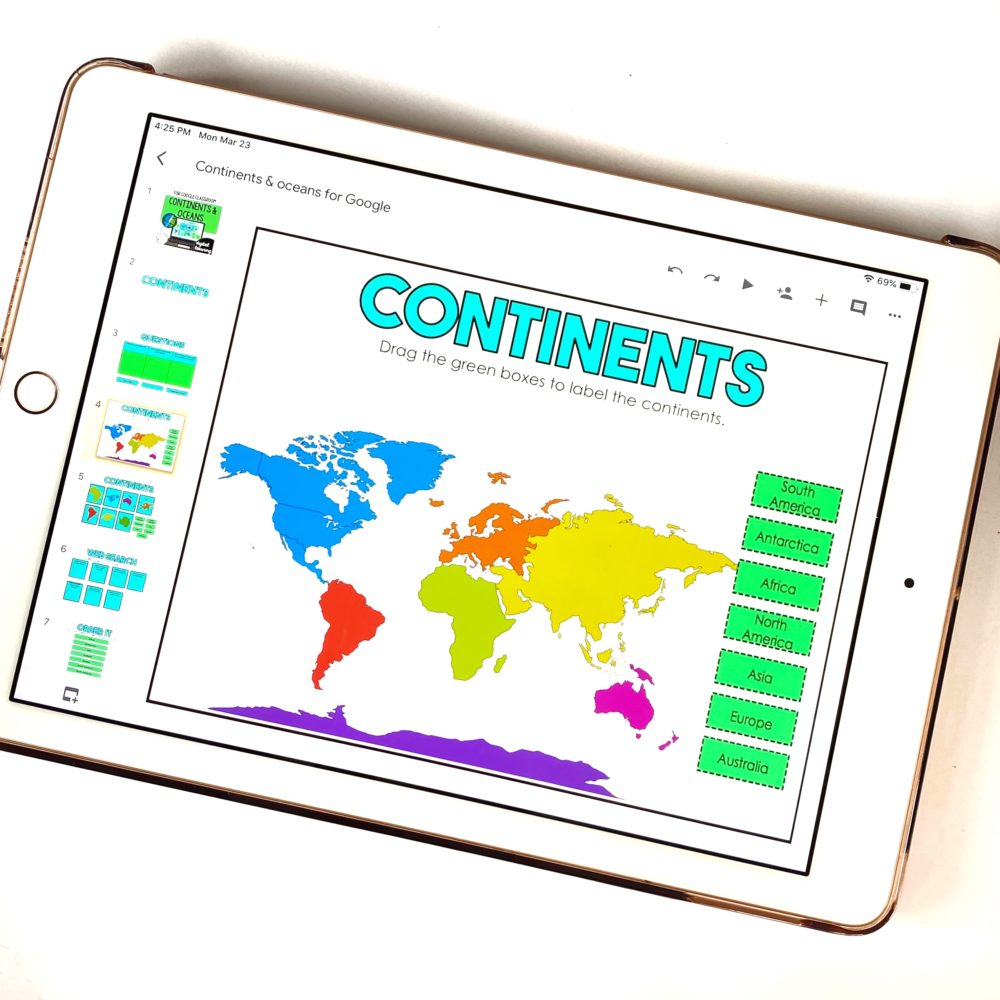
Before we get into how to actually plan out your year of social studies, I’m going to show you these product bundles I’ll be using to explain the steps a little easier.
I have a 2nd and 3rd Grade Social Studies Bundle that focuses on 5 main units – Civics, Economics, Geography, History, and People & Cultures.
These bundles are specifically aligned with Virginia’s state standards, but work well for other states with similar standards (which most states do!). 🙂
The activities in each of these address topics like citizenship, rights and responsibilities, capital, human, and natural resources, as well as ancient China, Mali, Egypt, Greece, and Rome geography.
If you’d like to see a more in-depth preview of each grade level’s bundle before you begin social studies curriculum mapping, you can find them here!
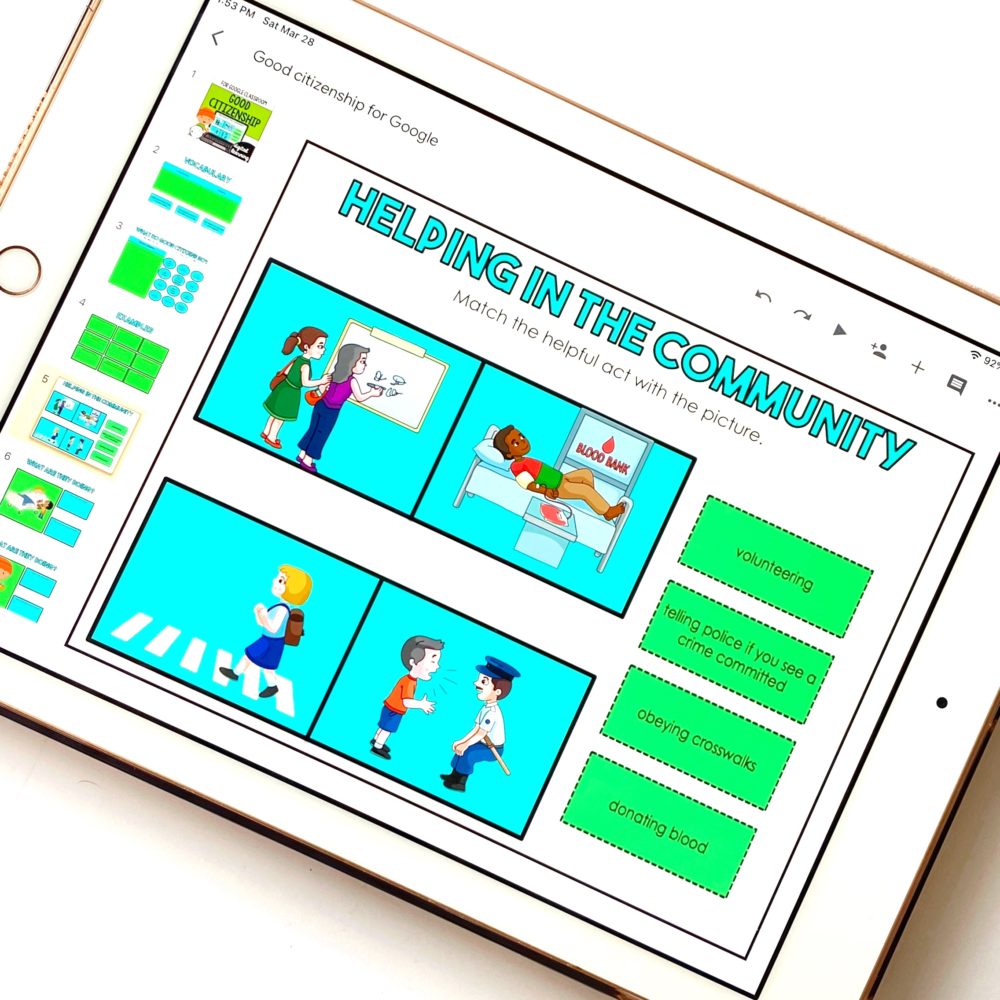
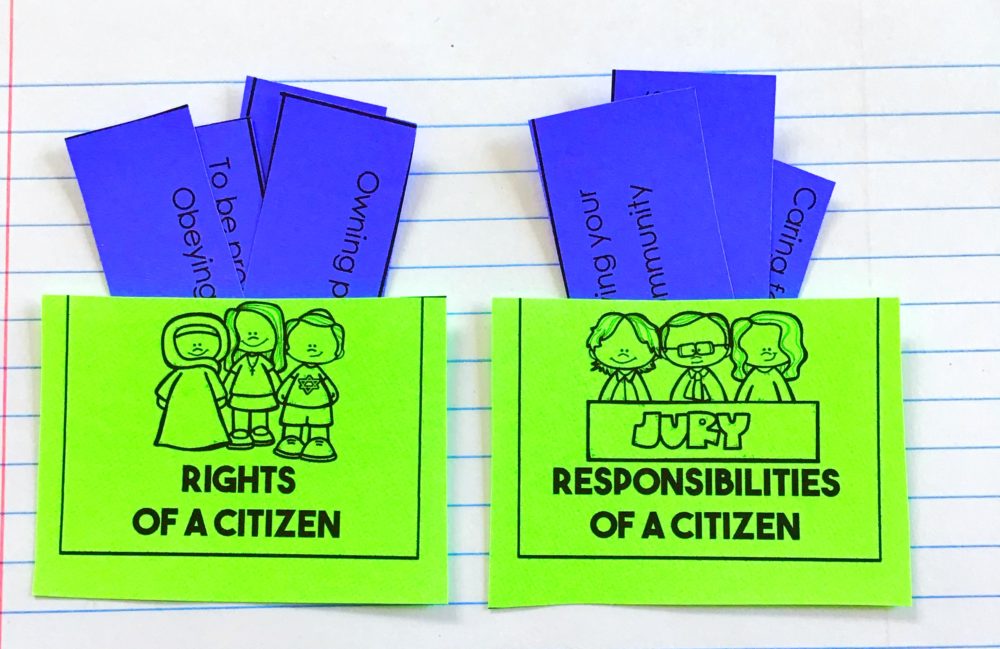

Let’s get to it! I’m going to walk you through each step in a way that I would be social studies curriculum mapping myself!
I like to break down the map by semester, months, and weeks.
In regards to planning, I like to consider August-November as the first semester, December as a buffer month, January-April as the second semester, and May also as a buffer month.
You can adjust your schedule and maps however fits you and your school best. 🙂
Let’s say I’m choosing Civics as my first unit topic for August-September and I’m starting school somewhere the week of August 9th-13th, 2021.
I’m going to wait to start my Civics unit until the week of August 16th-20th to allow for a week of back to school activities, learning new routines, and building relationships.
I have 6 topics to cover in my Civics unit, and 7 weeks until Friday, October 1st.
Psst – if you need more Civics ideas, make sure to check out my blog post on civics in the elementary classroom. Click here to read.
I’ve created what a sample curriculum map could look like based upon this schedule by months and weeks!
| 1 | 2 | 3 | 4 | 5 | 6 | 7 |
| 8 | 9
First Day of School |
10 | 11 | 12 | 13 | 14 |
| 15 | 16
Civics – American Symbols |
17 | 18 | 19 | 20 | 21 |
| 22 | 23
Civics – Good Citizenship |
24 | 25 | 26 | 27 | 28 |
| 29 | 30
Civics – Levels of Government |
31 | Sept. 1 | 2 | 3 | 4 |
| 5 | 6
Civics – Rights & Responsibilities |
7 | 8 | 9 | 10 | 11 |
| 12 | 13
Civics – Rules & Laws |
14 | 15 | 16 | 17 | 18 |
| 19 | 20
Civics – The Pledge of Allegiance |
21 | 22 | 23 | 24 | 25 |
| 26 | 27
Unit Review & Assess |
28 | 29 | 30 | Oct. 1 | 2 |
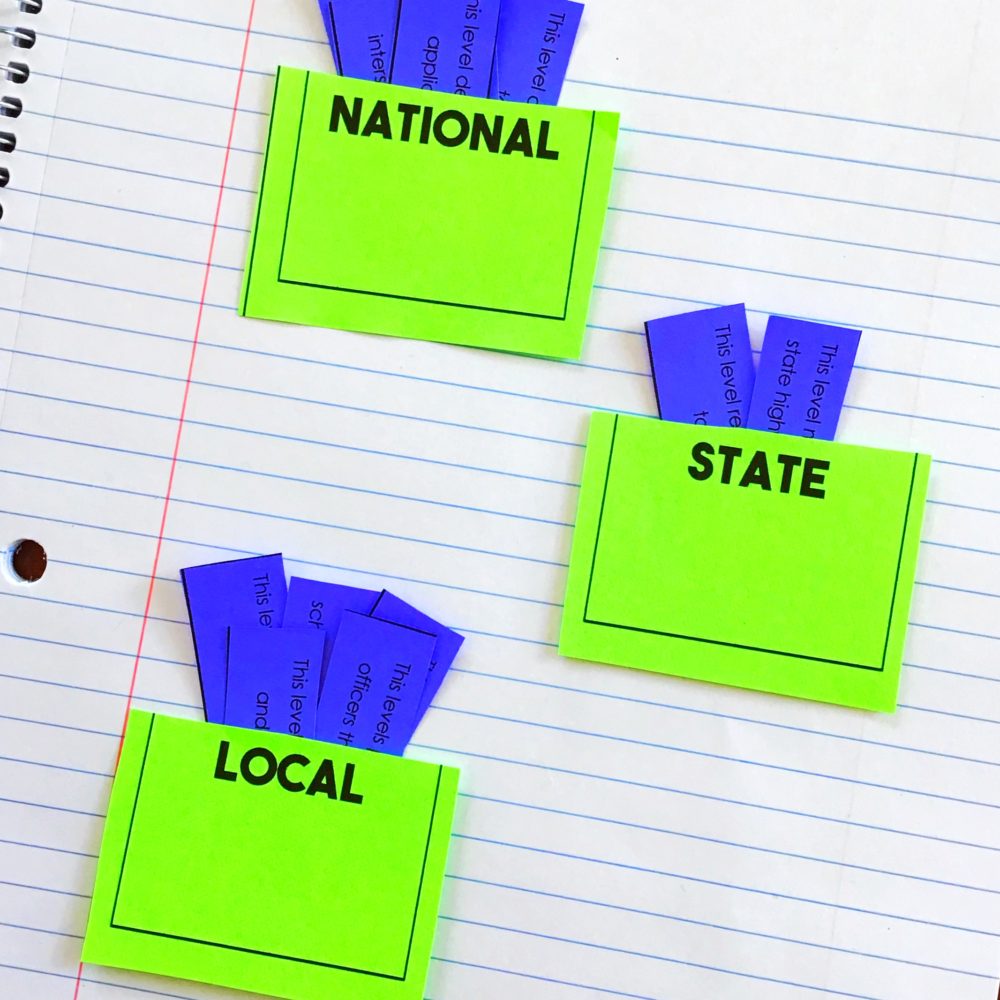
Another key element to social studies curriculum mapping is establishing forms of assessment.
To help you decide on an assessment, ask yourself, “What are my learning objectives in my unit subtopics? What do I want the end goal to look like?”
I suggest starting small and simple.
Many times teachers view summative assessments as something that needs to be traditional, lengthy, or something totally different than what they’ve prepared as their formative assessment!
I always recommend assessing your students in a similar (if not the exact same) way they learned about the topics.
Could you reuse a homework assignment they had early on?
Could you make the formative and summative assessments exactly the same in order to really see growth?
Don’t overthink this step, but do have your assessment in mind before planning your lessons and daily activities. 🙂

After deciding on an assessment style, you’ll then want to go back and look at the activities you have available for each weekly topic.
What will you need more of?
What can you reuse more than once?
What kind of extension activities could you incorporate?
When you have a general idea of each individual week’s unit subtopics before the school year even begins, it allows you enough time to schedule additional speakers, presentations, or field trips to supplement your teaching!
Start plugging in your activities and lesson ideas for each week.
You don’t have to get too specific yet as far as what the actual lesson will entail, but this will give you an idea of what materials to seek out if you need more.
I’ve created another sample curriculum map for the first week of Civics – American Symbols using the activities you’ll have access to in the 2nd-grade product bundle. 🙂
| 15 | 16
What is America? Read Aloud & Drag-and-Drop Question Matching |
17
Drag-and-Drop Picture Matching |
18
Drag-and-Drop Description Matching |
19
Google Image Search |
20
Review and Assess |
21 |
If you’re ever stuck on how to introduce a unit subtopic, I will always recommend a read aloud!
They’re fun, engaging, and create amazing discussion within the class.
Here is the link to the book, What is America? that I added in the sample schedule! (Amazon Affiliate link)
You can definitely double-up the drag-and-drop activities and look for other supplements to add to your week, too.
For example, here is an Interactive Notebook on American Symbols that you could add in even as your assessment!
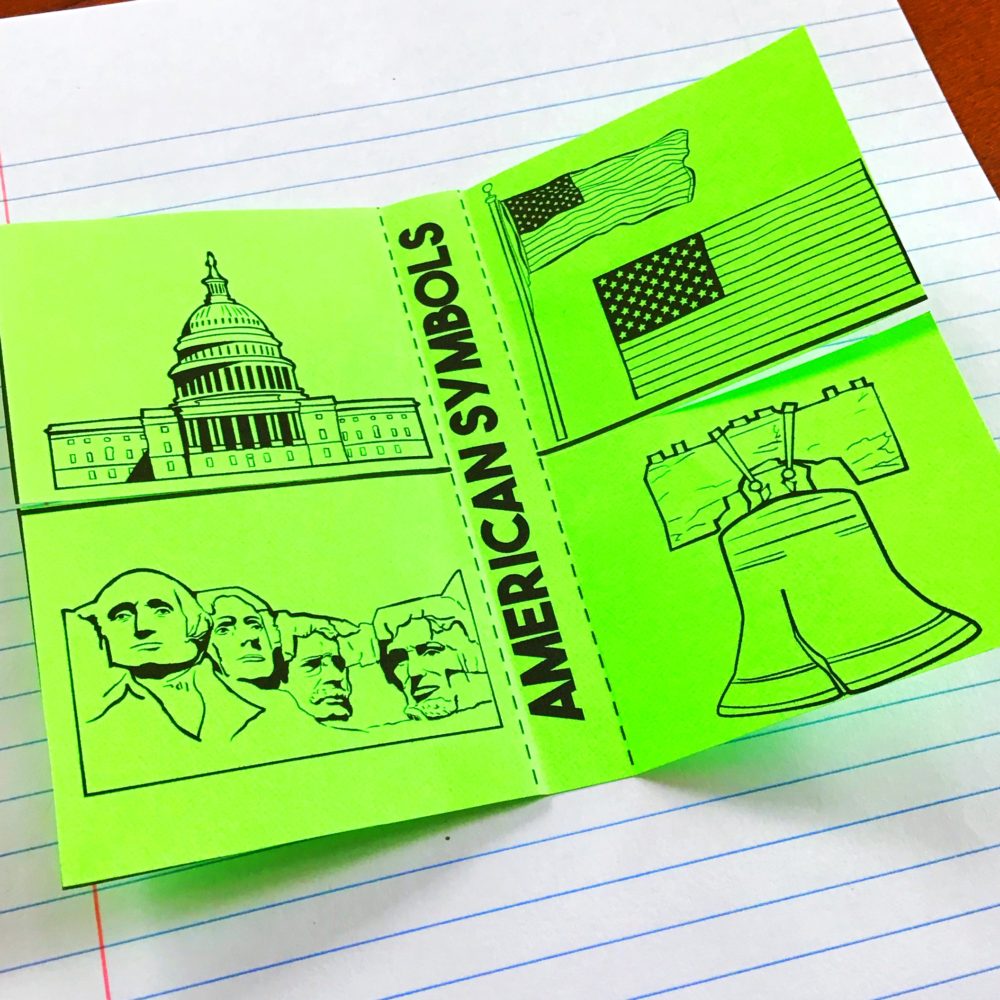
Then I continue with all the other units for the year. Next up for me is map skills (OH if you’re looking for more lesson ideas/activities on map skills, check out my blog post here).
I hope these activity bundles and sample schedules are helpful to you, especially if you’re still in your rookie teaching years or moving grade levels this fall!
You may also be interested in my blog post on Science Curriculum Mapping – click here to read.
I wish you all the luck in your social studies curriculum mapping and the rest of your school year! 🙂
For those of you veteran teachers out there, what are some of your best curriculum mapping tips? Feel free to share below!
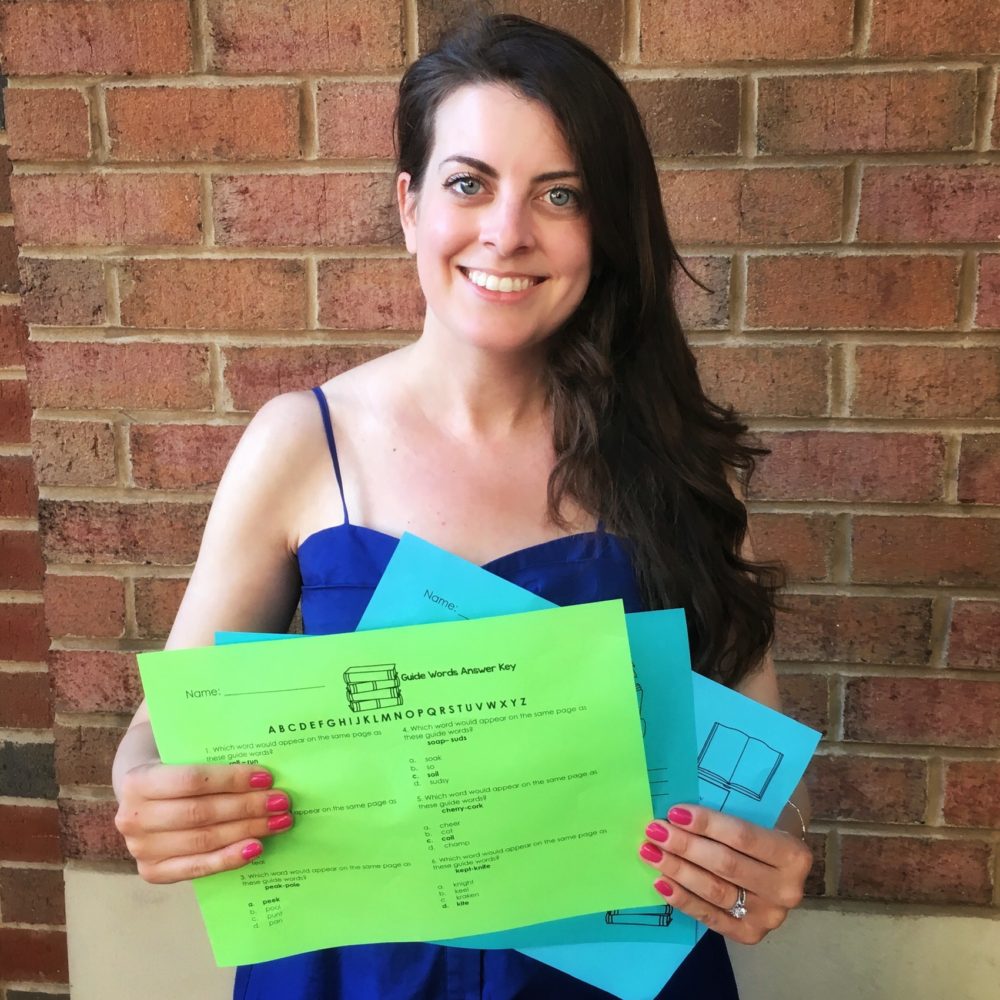
Make sure to sign up to get access to my VIP Free Resource Library!
Leave your info below to get the password emailed directly to your inbox!
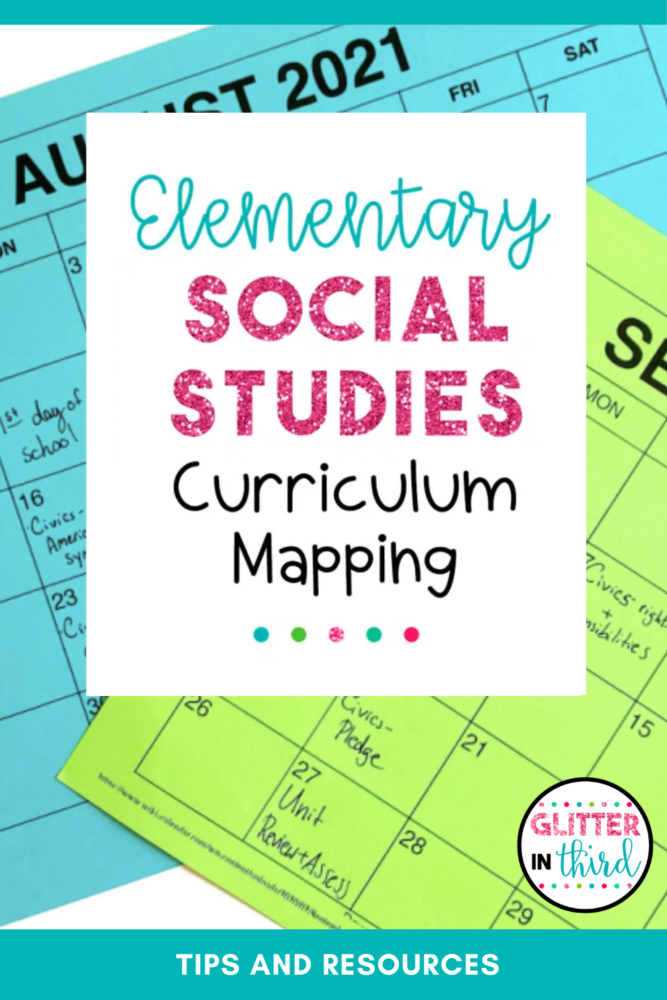
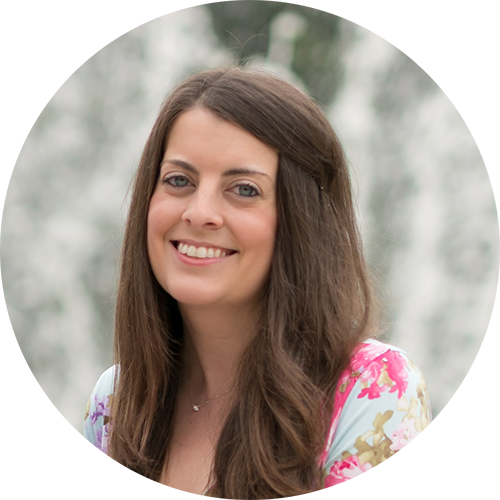
Hey there, I’m Kelly! I I love helping teachers save time with technology and resources so they have more hours in the day to spend with family and friends. Take a look around to find new ideas that you can implement in your classroom today!